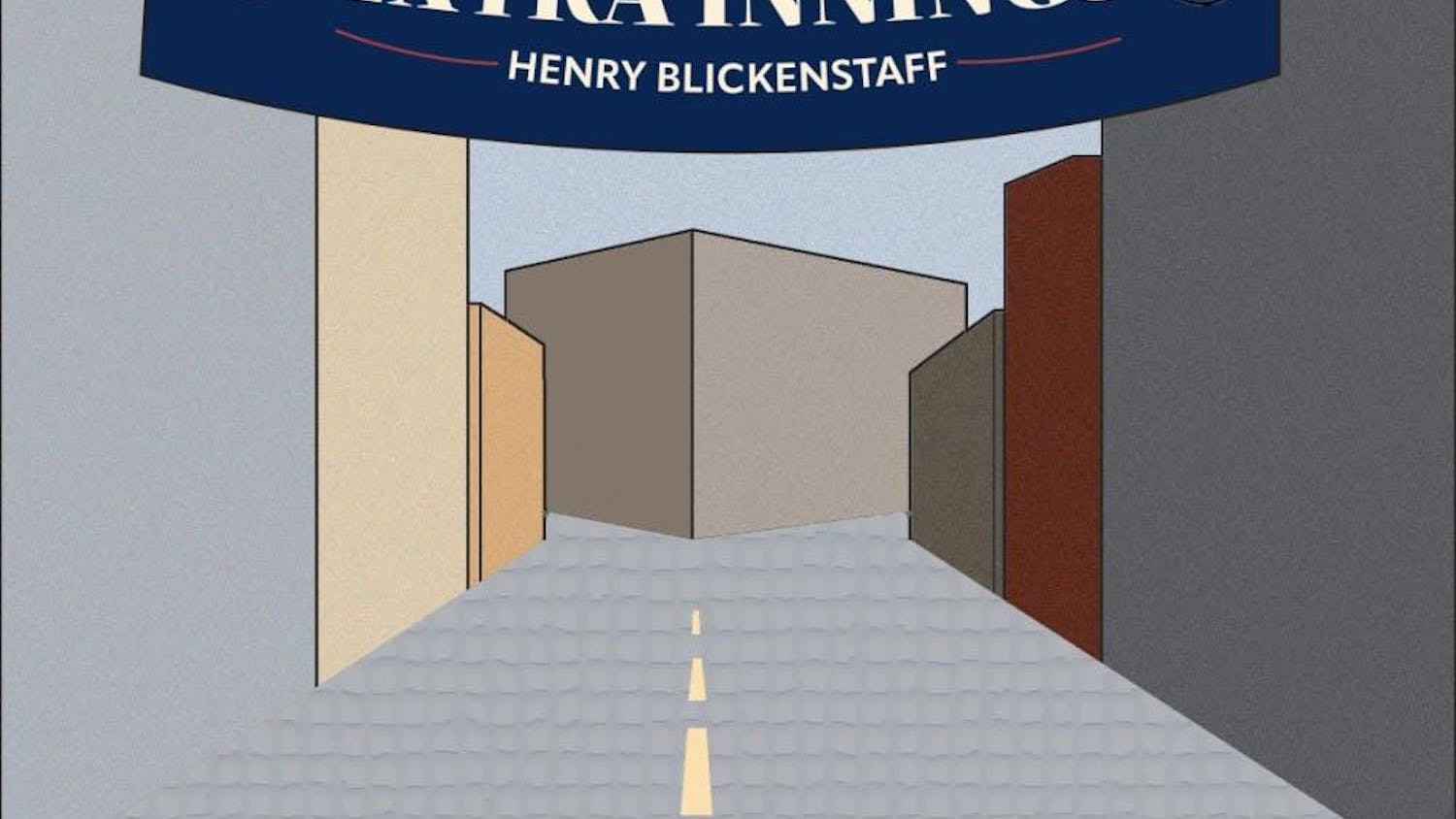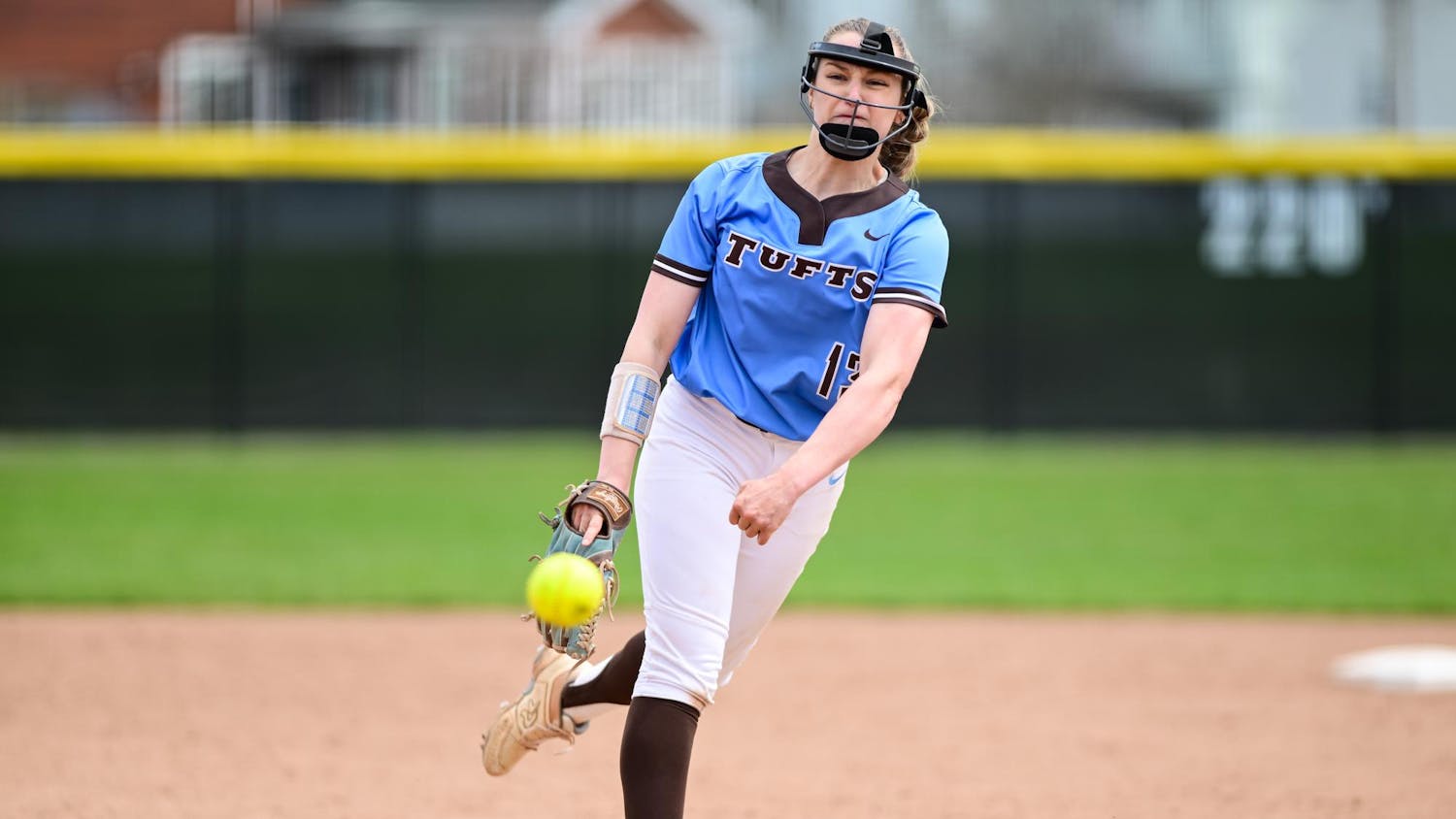According to the U.S. News and World Report, there are 1.1 million physically disabled undergraduate college students in the United States, comprising 5.9 percent of the total population of undergrads. While the numbers at Tufts are proportionally much smaller, the campus physically and from an educational standpoint poses a number of challenges for students with disabilities that they and the university work to overcome.
At any given time I would probably say we have five or ten students who have some kind of physical disability, Linda Sullivan, Program Director of Tufts Disability Services said. Both the Office of Equal Opportunity (OEO) and Disability Services make strong efforts to accommodate for students and professors with physical disabilities, she said. Most of these consist of individual solutions that address the specific needs of a student, staff or faculty member.
We individualize everything based on what the students needs are, Sullivan said. I try to make sure that the students schedule is all in buildings that are accessible depending on what the need is. It is not uncommon for me to contact the Registrar and have a class moved if I have a student who is scheduled to take a class in a building that is not accessible.
Sullivans office handles cases of various kinds of physical disabilities, from a temporary disability, a physical injury, or students who are blind or have severe hearing impairments.
[For] a student with a visual impairment, depending on their level of impairment, we have hired other students as guides for that student while theyre acclimating to campus, Sullivan said. For students who have hearing impairments, there are a variety of services that we offer them depending on the kind of impairment. Some have American Sign Language interpreters.
Sullivan also described her offices system of accommodating students with temporary physical disabilities a common occurrence, she says.
Crutches pose their own unique challenges because we dont know how long the student will be on them, she said. If it is going to be for the bulk of the semester, students meet with me and we talk about how to use the service that TUPD provides to get around campus.
While Disability Services does provide accommodations for students and faculty with disabilities, significant challenges still face students with limited mobility. The Tufts University Police Departments (TUPD) GoSafe transport services provides some relief. One student who wished to remain anonymous, however, described her frustration with the system.
You call them and ask them for a ride, but theyre not reliable, she said. The first day, I called them like an hour before class and they just didnt show up. They have to take emergencies first before picking us up.
Many buildings at Tufts do have handicap-accessible entrances, like the Tisch Library and Dewick MacPhie Dining Hall. However, many dorms and buildings are not equipped with elevators, which poses a particular problem for students and professors who are handicapped.
I had hoped for a while that they would put an elevator in [Eaton], Steven Hirsch, Associate Professor in the Department of Classics, said. There was some talk about doing that, but that never happened.
Hirsch, who has worked at Tufts for 33 years, has Guillain-Barr syndrome, which is triggered by infection that causes paralysis. He first began experiencing symtoms while a course at the Tufts campus in in Talloires in 1997, and now uses a motorized wheelchair to get around.
Tufts has, all the years since then, been very good about making it possible for me to function here, he said. They gave me [an] office [in Eaton] because I cant get to the Classics Department. They paid for me to have students around to help me with things. And then they continue to be sensitive and provide classrooms that I can get to.
Hirsch said he has few complaints with the general accessibility of Tufts campus, and has come to accept the fallbacks of working on a campus on a steep hill with old buildings.
Every once in a while there will be a meeting held in a place that I cant get to, he said. You get used to it and you come to expect it. People dont think about it until it happens to them or unless they know someone.
Hirsch, however, did describe a general lack of awareness on campus for those with disabilities, which is perpetuated by the small numbers of Tufts students and faculty with disabilities.
Students dont get to see this, theyre not thinking about [it], so my very presence here ends up being an education, he said. In that sense, I think it would be good if we had more people with disabilities at Tufts, which of course requires making things more accessible.
Freshman Sam Worthington realized the difficulty of traveling around campus with a permanent disability when he was on crutches for only a few days.
I wasnt really in that bad of a condition, Worthington said. But . . . the fact that I found it that difficult [to travel] without a serious limitation, I cant imagine having a serious condition.
In addition, the layout of Tufts campus creates problems of inaccessibility that cannot be solved in one day.
The reality is that were on a hilltop and we have a lot of older buildings. The resources arent there to re-do everything all at once, Hirsch said. When theyre rebuilding, its always accessible, its required by law. When they renovate a building, it depends on the cost of the renovation . . . [but] they have to make it accessible as well. I dont see how Tufts could do more than just piece by piece.
Sullivan described the campuss recent efforts to create a more accessible campus.
We have a campus that is challenging to navigate, she said. There are always renovations going on to improve the accessibility on campus. There are at least a couple different projects each year that involve improving accessibility, whether its reconfiguring a sidewalk or adding in hand buttons.
Director of Public Relations Kim Thurler said the university developed a long-term, state-approved plan to make the campus more accessible by increasing the number of accessible residence hall rooms on campus over a ten year period beginning in 2009.
Thurler told the Daily in an email that there are currently more than 60 accessible rooms spread across nine different campus buildings. Additional rooms will be added across the campus during the next several years, she said.
A recent drive to reassess the public buildings Medford/Somerville campuss accessibility will take a comprehensive look at the accessibility of these buildings, from slope of the entrance, to presence of an automatic door opener, to door width, to height of door handles, to washroom accessibility and more, Thurler added.
The survey is planned to conclude in early April, she said, and will significantly influence Tufts planning for future infrastructure projects.
Hirsch also pointed out another significant change in Tufts accommodations for those with disabilities: the addition of the position of an Accessibilities Service Specialist within the OEO. According to Jill Zellmer, Director of the Office of Equal Opportunity, her offices role in improving accessibility has grown significantly, which led to the creation of a new position.
The Specialist will handle mobility issues, she said. The position has now been narrowed down to two candidates, according to Zellmer.
Hirsch sees much potential in the new positions capacity to further accommodate members of the Tufts community with disabilities.
I dont know that anything significant has changed at Tufts in all of my time [here] other than people are always nice and accommodating when you ask them for help, he said. If the OEO is hiring someone who is going to be attending to this; that would be the first and most significant change since the time Ive been back.





